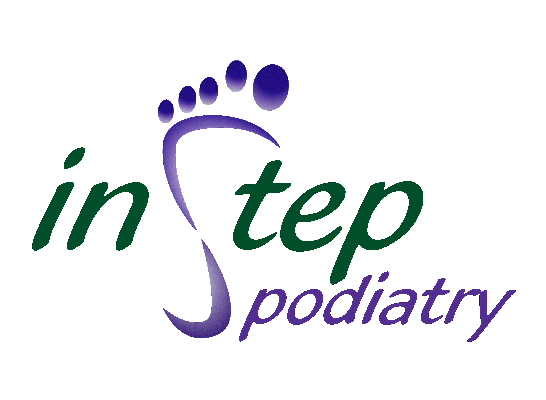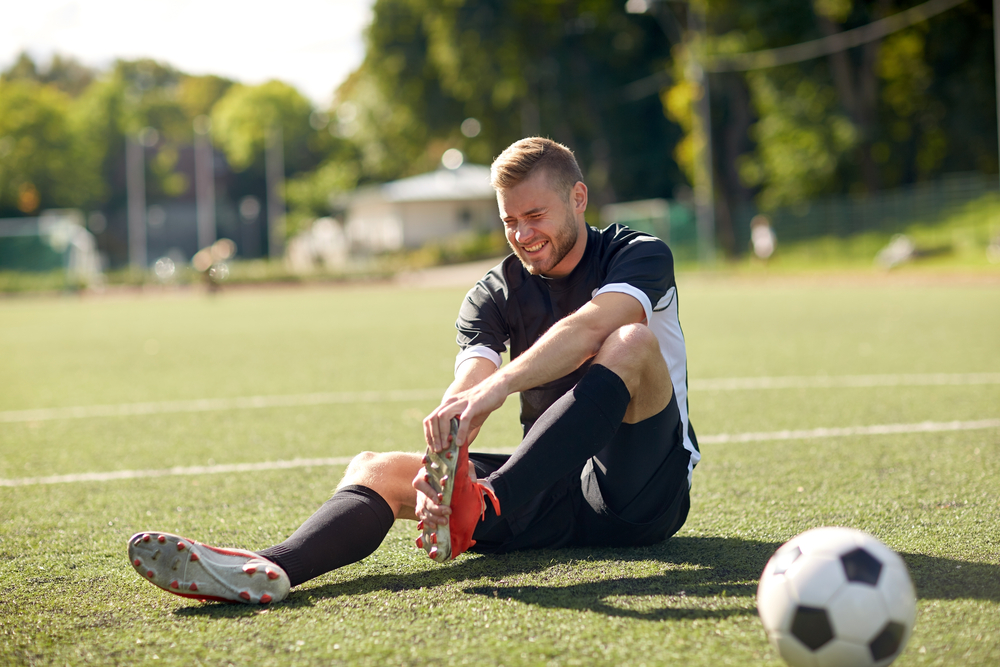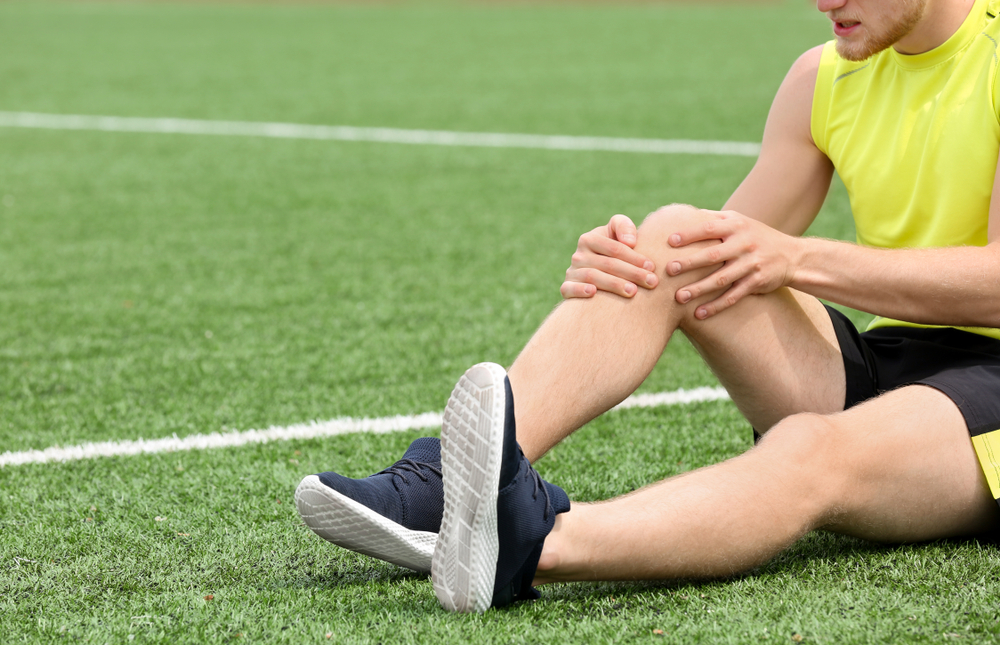Biomechanics of running
The term ‘biomechanics’ refers to the way muscles, bones, and joints work together as we move. When applied to the lower limb, we focus on the biomechanics of impact absorption and propulsion.
The two terms used to describe the movements associated with the foot and ankle when running are ‘over pronation’ and ‘under pronation’ (supination), respectively.
How do I know if I’m an over pronator or an under pronator?
The most common method a runner can use to determine what foot type they have is to stand on a paper towel with a wet foot. If your foot leaves an imprint of your entire foot, from heel to toe, you probably have a flat foot. If the imprint consists of the heel, the ball and a thin line connecting the two, you probably have a high-arched or supinated foot. This method is accurate if you have an extremely flat foot or an extremely high arch, but is not very accurate for those of us who fall somewhere in between.
For most of you, it is more accurate to evaluate your history of running or athletic injuries, and to combine that information with the paper towel test to determine what type of orthotics you need.
Remember that with some forms of biomechanical inefficiency, the feet may have a normal arch when standing or walking, but then over-pronate when the forces of running are encountered. So if your foot type looks normal but you are still getting repeated over pronation injuries, please consult your podiatrist.


